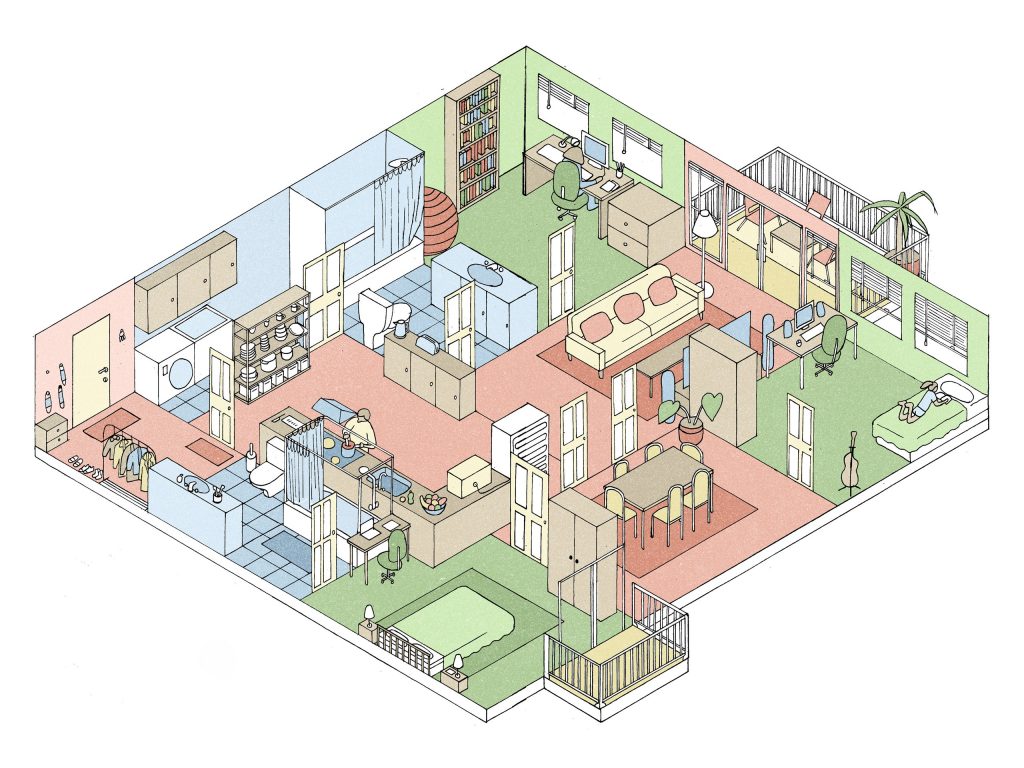2024 Real Estate Forecast

NAR economist Yun predicts home sales will begin to rise next year – by 13.5% compared to 2023, and the median home price will reach $389,500 – an increase of 0.9% from this year. “Metro markets in southern states will likely outperform others due to faster job increases, while markets in the Midwest will experience gains from being in the most affordable region.”
Yun expects rent prices to calm down further in 2024, which will hold down the consumer price index. He predicts foreclosure rates will stay at historically low levels in 2024, comprising less than 1% of all mortgages.
Yun forecasts the U.S. GDP will grow by 1.5%, avoiding a recession, with net new job additions slowing to 1.7 million in 2024 compared to 2.7 million in 2023, and 4.8 million in 2022. After eclipsing 8% in late 2023, he expects the 30-year fixed mortgage rate to average 6.3% and for the Fed to cut rates four times – calming inflationary conditions – in response to slower economic activity.
Yun also foresees 1.48 million housing starts in 2024, including 1.04 million single-family and 440,000 multifamily.
Florida is home to over 22+ million people—a number that is growing every day. In fact, Florida is the fastest-growing state in the country, adding an average of 1,000 people per day. These new residents are congregated in just a handful of counties. According to an analysis by the Tampa Bay Times, a third of Florida’s new residents wound up in just five counties: Orange, Hillsborough, Lee, Polk, and Palm Beach. These five counties are all located in the state’s southeastern region, known for its warm weather and beaches.
Florida’s growth is largely fueled by migration. Over the last two years, 616,000 new residents have come to Florida from other parts of the country, and 175,000 from other countries. In fact, without migration, Florida would not have grown at all. Its 567,881 deaths exceeded its 478,834 births. And according to projections, by 2030 Florida will have more than 25 million residents.
Florida’s statistics will be greatly influenced by available inventory for sale. The South Florida real estate market still has a significant shortfall or inventory relative the the migration to the area and demand for housing. Southeast Florida’s housing market is poised for a rebound in sales and sustained price appreciation in 2024.















 Kim N. Bregman
Kim N. Bregman